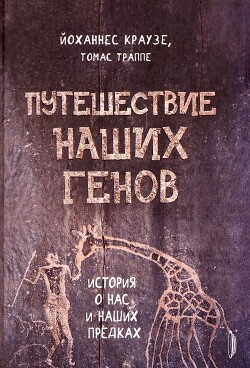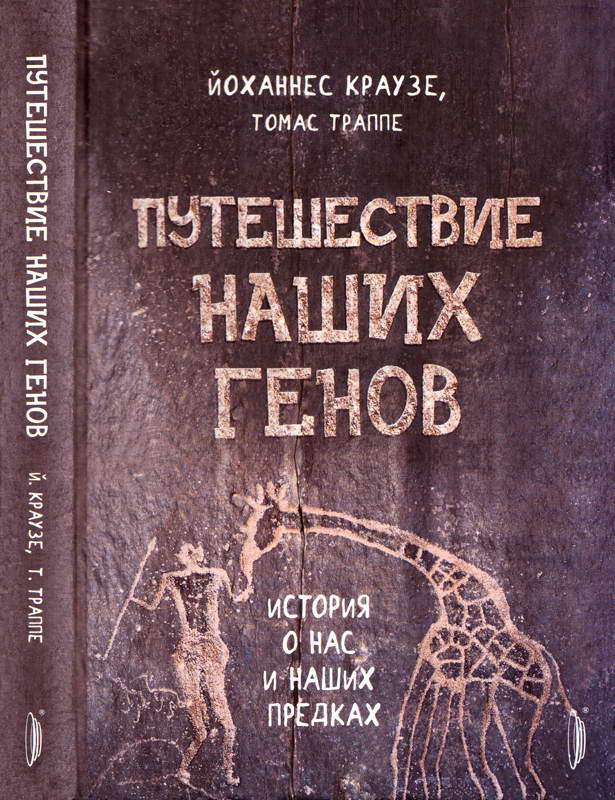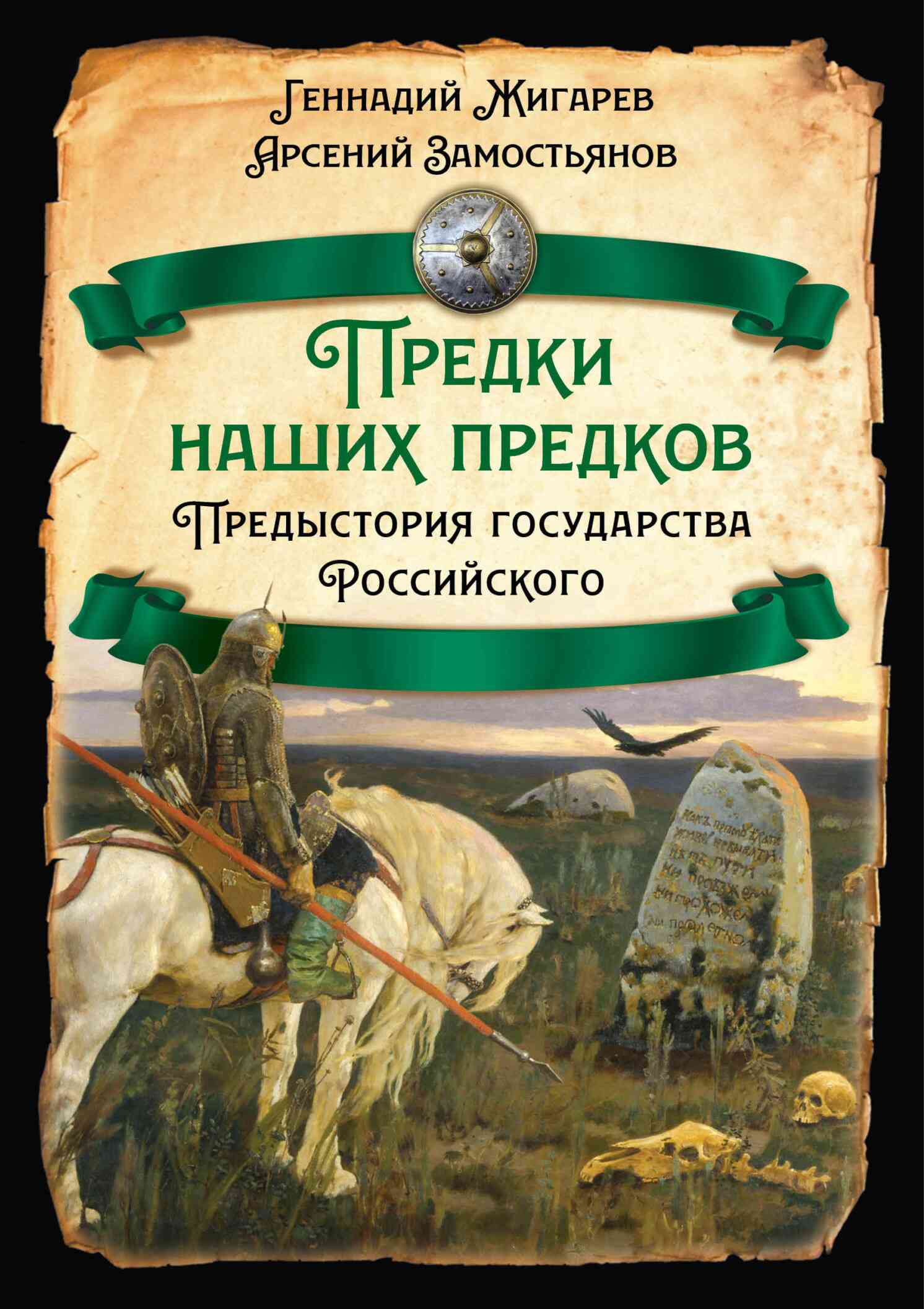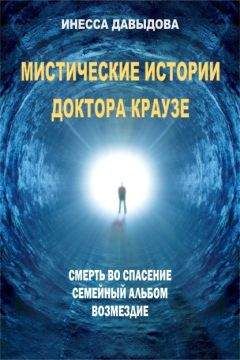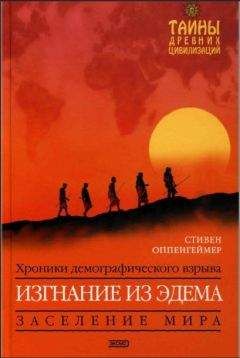Глава девятая
1. World Health Organization, Wkly. Epidemiol. Rec., 2011. 86(389).
2. Brody, S. N., The Disease of the Soul: Leprosy in Medieval Literature 1974, Ithaca: Cornell Press.
3. Cole, S. Т., et al., Massive gene decay in the leprosy bacillus. Nature, 2001. 409(6823): p. 1007–11.
4. The Mycobacterial Cell Envelope, M. Daffe and J.-M. Reyrat, Editors. 2008, ASM Press: Washington, DC.
5. World Health Organization, Fact Sheet Leprosy. 2015.
6. Robbins, G., et al., Ancient skeletal evidence for leprosy in India (2000 B. C.). PLoS One, 2009. 4(5): p. e5669.
7. Schuenemann, V. J., et al., Ancient genomes reveal a high diversity of Mycobacterium leprae in medieval Europe. PLoS Pathog, 2018. 14(5): p. e1006997.
8. Schuenemann, V. J., et al., Genome-wide comparison of medieval and modern Mycobacterium leprae. Science, 2013. 341(6142): p. 179–83.
9. Truman, R. W., et al., Probable zoonotic leprosy in the southern United States. N Engl J Med, 2011. 364(17): p. 1626–33.
10. Singh, P., et al., Insight into the evolution and origin of leprosy bacilli from the genome sequence of Mycobacterium lepromatosis. Proc Natl Acad Sci USA, 2015. 112(14): p. 4459–64.
11. Avanzi, C., et al., Red squirrels in the British Isles are infected with leprosy bacilli. Science, 2016. 354(6313): p. 744–747.
12. Irgens, L. М., [The discovery of the leprosy bacillus], Tidsskr Nor Laegeforen, 2002. 122(7): p. 708–9.
13. Cao, A., et al., Thalassaemia types and their incidence in Sardinia. J Med Genet, 1978. 15(6): p. 443–7.
14. Wambua, S., et al., The effect of alpha+-thalassaemia on the incidence of malaria and other diseases in children living on the coast of Kenya. PLoS Med, 2006. 3(5): p. el58.
15. Luzzatto, L., Sickle cell anaemia and malaria. Mediterr J Hematol Infect Dis, 2012. 4(1): p. e2012065.
16. O’Brien, S. J. and J. P. Moore, The effect of genetic variation in chemokines and their receptors on HIV transmission and progression to Aids. Immunol Rev, 2000. 177: p. 99–111.
17. Wirth, Т., et al., Origin, spread and demography of the Mycobacterium tuberculosis complex. PLoS Pathog, 2008. 4(9): p. e1000160.
18. World Health Organization, Tuberculosis (ТВ). 2018.
19. Brosch, R., et al., A new evolutionary scenario for the Mycobacterium tuberculosis complex. Proc Natl Acad Sci USA, 2002. 99(6): p. 3684–9.
20. Comas, I., et al., Out-of-Africa migration and Neolithic coexpansion of Mycobacterium tuberculosis with modern humans. Nat Genet, 2013. 45(10): p. 1176–82.
21. Bos, К. I., et al., Pre-Columbian mycobacterial genomes reveal seals as a source of New World human tuberculosis. Nature, 2014. 514(7523): p. 494–7.
22. Vagene, A. J., et al., Salmonella enterica genomes from victims of a major sixteenth-century epidemic in Mexico. Nat Ecol Evol, 2018. 2(3): p. 520–528.
23. Dobyns, H. E, Disease transfer at contact. Annu. Rev. Anthropol, 1993. 22: p. 273–291.
24. Farhi, D. and N. Dupin, Origins of syphilis and management in the immunocompetent patient: facts and controversies. Clin Dermatol, 2010. 28(5): p. 533–8.
25. Crosby, A. W., The Columbian exchange: biological and cultural consequences of 1492. 2003, New York: Praeger.
26. Diamond, J. G., Germs and Steel. New York: W. W. Norton, p. 210. In: Guns, Germs and Steel. 1997, New York: W. W. Norton.
27. Winau, R., Seuchen und Plagen: Seit Armors Köcher vergiftete Pfeile führt. Fundiert, 2002. 1.
28. Schuenemann, V. J., et al., Historic Treponema pallidum genomes from Colonial Mexico retrieved from archaeological remains. PLoS Negl Trap Dis, 2018. 12(6): p. e0006447.
29. Knauf, S., et al., Nonhuman primates across sub-Saharan Africa are infected with the yaws bacterium Treponema pallidum subsp. pertenue. Emerg Microbes Infect, 2018. 7(1): p. 157.
30. Taubenberger, J. К. and D. M. Morens, 1918 Influenza: the mother of all pandemics. Emerg Infect Dis, 2006. 12(1): p. 15–22.
31. Gygli, S. М., et al., Antimicrobial resistance in Mycobacterium tuberculosis: mechanistic and evolutionary perspectives. FEMS Microbiol Rev, 2017. 41(3): p. 354–373.
32. Findlater, A. and Bogoch, I. I., Human Mobility and the Global Spread of Infectious Diseases: A Focus on Air Travel. Trends Parasitol, 2018. 34(9): p. 772–783.
Заключение
1. Findlater, A. and Bogoch, I. I., Human Mobility and the Global Spread of Infectious Diseases: A Focus on Air Travel. Trends Parasitol, 2018. 34(9): p. 772–783.
2. Klein, L., Gustaf Kossinna: 1858–1931, in Encyclopedia of Archaeology: The Great Archaeologists, T. Murray, Editor. 1999, ABC–CLIO. p. 233–246.
3. Kossinna, G., Die Herkunft der Germanen. Zur Methode der Siedlungsarchaologie. 1911, Wurzburg: Kabitzsch.
4. Grünert, H., Gustaf Kossinna. Ein Wegbereiter der nationalsozialistischen Ideologie, in Prähistorie und Nationalsozialismus: Die mittel- und osteuropäische Ur- und Frühgeschichtsforschung in den Jahren 1933–1945, A. Leube, Editor. 2002, Synchron Wissenschaftsverlag der Autoren: Heidelberg.
5. Eggers, H. J., Einführung in die Vorgeschichte. 1959, Munchen: Piper.
6. Eggert, М. К. H., Archäologie. Grundzüge einer historischen Kulturwissenschaft. 2006, Tübingen: A. Francke.
7. Schulz, М., Neolithic Immigration: How Middle Eastern Milk Drinkers Conquered Europe, in Spiegel Online. 2010.
8. Martin, A. R., et al., An Unexpectedly Complex Architecture for Skin Pigmentation in Africans. Cell, 2017. 171(6): p. 1340–1353 e14.
9. Jinek, М., et al., A programmable dual-RNA-guided DNA endonuclease in adaptive bacterial immunity. Science, 2012. 337(6096): p. 816–21.
10. Wade, N., Researchers Say Intelligence and Diseases May Be Linked in Ashkenazic Genes. New York Times, 2005.
11. Gauland, A., Warum muss es Populismus sein? Frankfurter Allgemeine Zeitung: 6. Oktober 2018.
12. Rosling, H., Factfulness: Wie wir lernen, die Welt so zu sehen, wie sie wirklich ist. 2018: Ullstein.
13. Ahrendt, H., Elemente und Ursprtinge totaler Herrschaft: Antisemitismus. Imperialismus. Totale Herrschaft. 1955: Piper.
14. Seibel, A., et al., Mögen Sie keine Ttirken, Herr Sarrazin? Welt am Sonntag: 29. August 2010.
15. The elementary DNA of Dr Watson. The Sunday Times: 14. Oktober 2007.
Благодарности
Йоханнес Краузе благодарит Вольфганга Хаака, Александра Хербига, Хенрике Хейне, Сванте Паабо, Кэй Прюфер, Стефана Шиффельса и Филиппа Штокхаммера за критику и корректуру отдельных глав. Особенную благодарность оба автора выражают Харальду Меллеру, который вдохновлял нас своими драгоценными знаниями и рассказами о древней и ранней истории Европы и был вместе с нами.
Изложенные в этой книге знания об эволюции человека и генетической истории Европы не были бы возможны без научной работы многочисленных коллег. Отдельное спасибо вам, Эдриэн Бриггс, Эрнан Бурбано, Анатолий Деревянко, Киаомей Фу, Ричард Эдвард Грин, Дженет Келсо, Мартин Кирхер, Анна-Сапфо Маласпинас, Томишлав Маричич, Маттиас Мейер, Сванте Паабо, Ник Паттерсон, Кэй Прюфер, Удо Штенцель, Давид Рейх, Монтгомери Слаткин и многим другим членам консорциума неандертальского генома.
Сердечное спасибо вам, Марк Ахтманн, Курт Алт, Наташа Арора, Эрве Бошерен, Джейн Бикстра, Александра Бужилова, Дэвид Карамелли, Стюарт Коул, Николас Конар, Изабелль Кревекер, Доминик Делсате, Дороти Друкер, Матейя Хайдиньяк, Фредрик Халгрен, Свенд Хансен, Катерина Харвати, Микаэла Хэрбек, Жан-Жак Юблин, Даниэль Хусон, Кристиан Кристиансен, Корина Книппел, Карлес Лалуэза Фокс, Иосиф Лазаридис, Марк Липсон, Сандра Лёш, Фрэнк Мейкснер, Йен Мэтисон, Майкл МакКормик, Кэй Низелт, Иниго Олалде, Людовик Орландо, Эрнст Перника, Сабина Рейнхольд, Роберто Риш, Элен Ружье, Патрик Семаль, Понтус Скоглунд, Вивьен Слон, Энн Стоун, Йири Свобода, Фредерик Валентен, Йоахим Валь, Альберт Цинк, и многим другим коллегам из области археологии, антропологии, биоинформатики, генетики и медицины. Без вас мы никогда не смогли бы реконструировать многочисленные истории из европейского прошлого.
